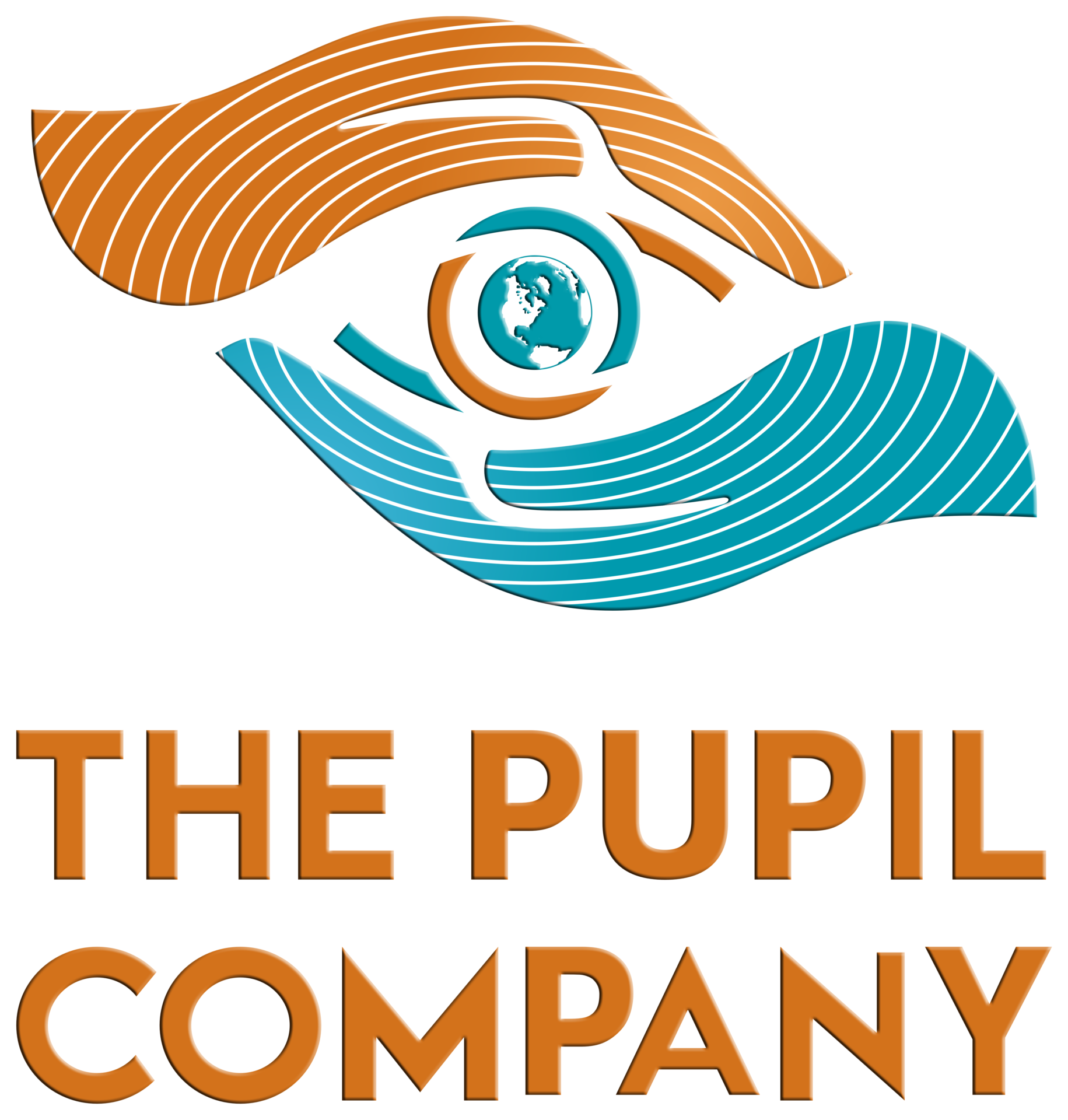At its essence, a needs analysis serves as the compass guiding educators and trainers toward understanding the specific requirements and challenges of their learners. In this blog post, we’ll explore the intricacies of conducting a needs analysis and its significance in designing impactful learning interventions.
A needs analysis involves delving into the underlying reasons driving the need for a learning solution. Whether it’s addressing a skills gap, improving performance outcomes, or adapting to changes in the organizational landscape, a thorough understanding of the context is paramount. By engaging stakeholders, conducting interviews, and reviewing existing data, educators can gain valuable insights into the overarching goals and challenges driving the learning initiative.
A needs analysis serves to identify the target audience and their unique characteristics. From demographics to learning preferences, understanding the diverse needs and backgrounds of learners is essential for crafting tailored interventions. By employing surveys, focus groups, and observation techniques, educators can gather comprehensive data to inform instructional design decisions.
Equally important is the assessment of existing knowledge and skill levels among learners. A pre-assessment not only helps gauge the baseline proficiency but also informs the design of instructional materials that cater to varying levels of expertise. By administering quizzes, performance tasks, or skill assessments, educators can pinpoint areas of strength and weakness, allowing for targeted intervention strategies.
Moreover, a needs analysis entails a thorough examination of the learning environment and resources available. Factors such as technological infrastructure, time constraints, and logistical considerations play a crucial role in shaping the design and delivery of learning experiences. By conducting site visits, resource audits, and feasibility studies, educators can ensure that the proposed solutions align with the practical realities of the learning context.
In addition to assessing the external factors influencing learning needs, a needs analysis also involves exploring the motivational drivers and learning preferences of learners. By understanding what motivates individuals to engage with the learning material and identifying their preferred learning styles, educators can design experiences that foster intrinsic motivation and engagement. Whether it’s incorporating interactive elements, gamified activities, or real-world applications, tailoring the learning experience to match learners’ interests and preferences can significantly enhance retention and transfer of knowledge.
Ultimately, conducting a needs analysis is not merely a box to be checked off in the instructional design process—it’s a strategic endeavor that forms the bedrock of effective learning interventions. By systematically uncovering the underlying needs, challenges, and aspirations of learners, educators can design experiences that resonate with their audience, driving meaningful learning outcomes and fostering a culture of continuous improvement.
In conclusion, a needs analysis is both an art and a science—an intricate dance between data-driven inquiry and empathetic understanding. As educators and instructional designers, our ability to empathize with learners, coupled with rigorous analysis and strategic planning, empowers us to create learning experiences that inspire, empower, and transform lives.
